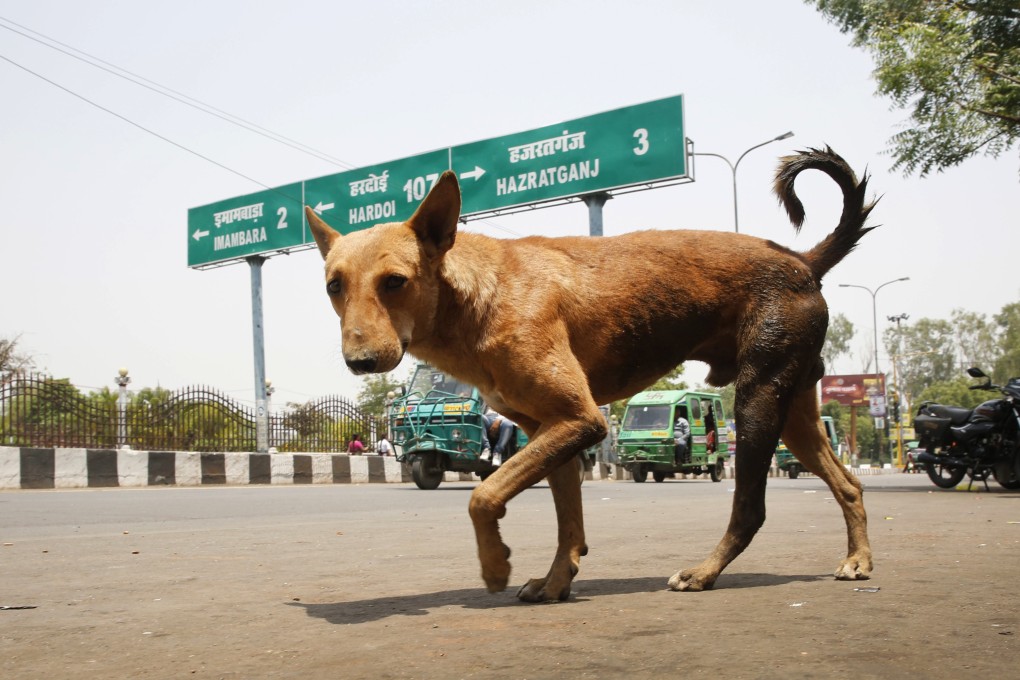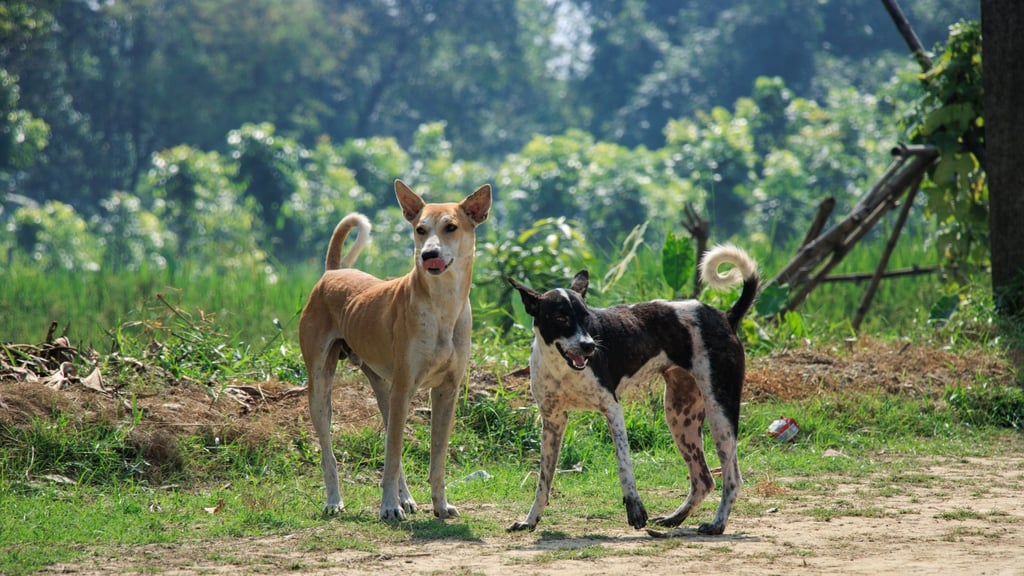India’s Bengaluru aims to microchip 140,000 stray dogs, sparking concerns by animal activists
- Animal welfare activists say the city is ill-equipped to carry out the massive scheme and are worried about the health impact on stray dogs
- With an annual average of up to 20,000 dog bite incidents in Bengaluru, officials see microchipping as key in controlling the stray canine population

Indian technology hub Bengaluru plans to implant microchips in about 140,000 stray dogs to curb their population, but animal welfare activists fear authorities are ill-equipped to carry out the massive scheme and its health impact on the canines.
The city has long grappled with problems stemming from free-roaming dogs, including frequent dog bites, dogs chasing vehicles and – on several rare occasions – strays mauling children to death.
The Bruhat Bengaluru Mahanagara Palike (BBMP), the agency in Bengaluru responsible for civic issues, often receives complaints about dogs barking incessantly at night, damaging parked vehicles, and causing traffic disruptions and accidents.

Suralkar Vikas Kishor, BBMP’s special commissioner for health and animal husbandry, said microchipping will help identify stray dogs accurately and keep their numbers in check.
“The microchip technology is a globally proven method for stray and pet animal identification,” Kishor said.